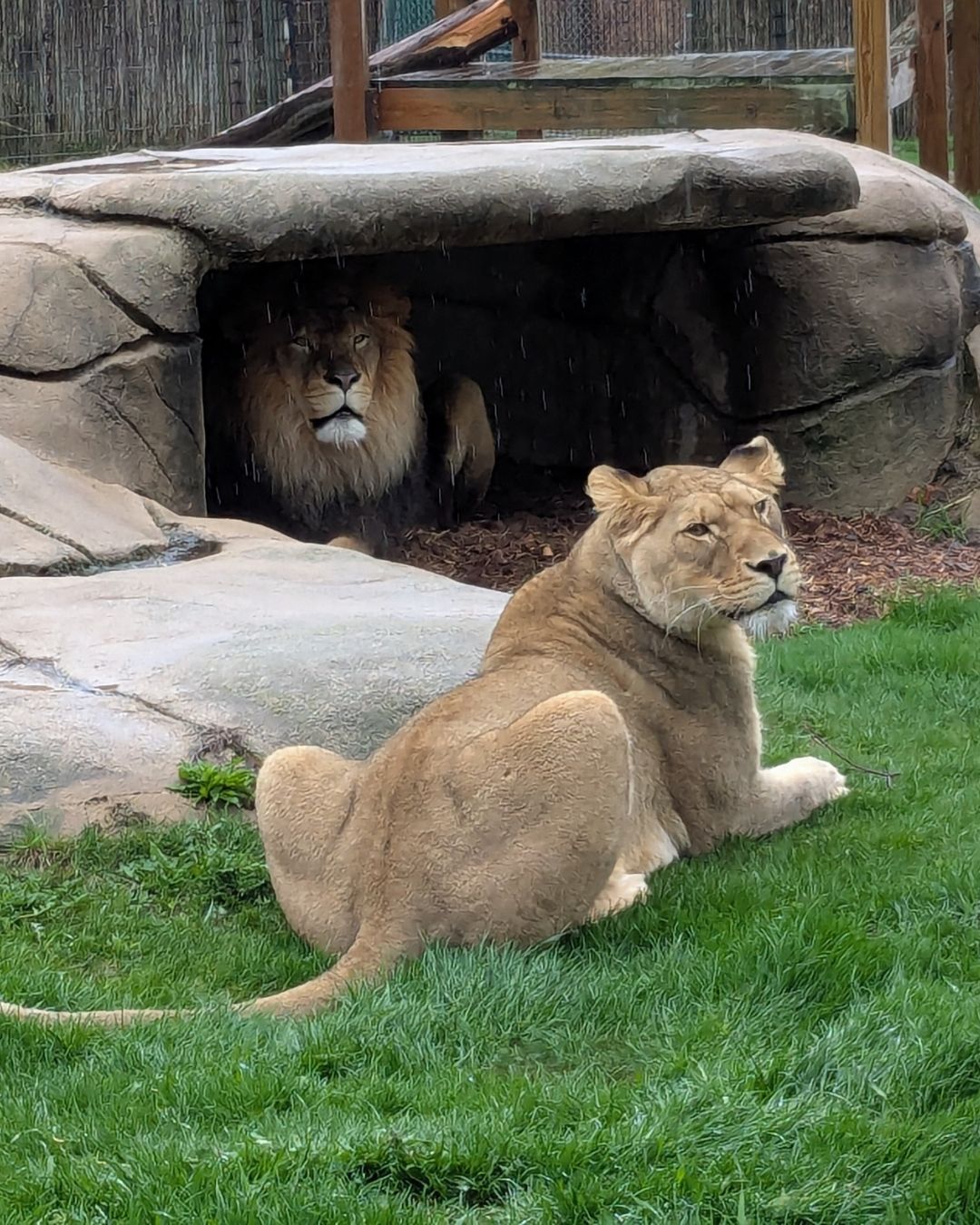- The social dynamics and behavior of lions in captivity.
- The process of introducing and acclimating lions in a zoo environment.
- The importance of ethical wildlife management and conservation practices.
- The role of zoos in community education and conservation awareness.
- The balance between animal welfare and public engagement in zoos.
The social dynamics and behavior of lions in captivity present unique challenges and opportunities for zoologists and wildlife professionals. In a controlled environment like a zoo, lions are not only ambassadors for their species but also provide valuable insights into animal behavior. These majestic animals, though fascinatingly complex, exhibit behaviors that require keen observation and understanding.
Lions are inherently social creatures, living in groups known as prides in the wild. In captivity, simulating this social structure aids in their well-being. Observations have shown that when two lions such as Loid and Anga are introduced, their interactions must be meticulously monitored. Lions communicate through vocalizations, body language, and scent marking, all of which are crucial to understanding their social hierarchy.
The introduction of lions in a zoo setting involves a series of carefully planned sessions. Zoos utilize gradual acclimation techniques, ensuring both animals can interact without stress. This involves allowing the lions to first understand each other’s presence through enclosed spaces before physical contact is established. Each step is monitored by experts who watch for mutual respect and compatibility.
Ethical wildlife management and conservation efforts are fundamental components of modern zoos. These institutions are no longer just displays of exotic animals but actively participate in global efforts to conserve them. The introduction of Loid and Anga is part of broader conservation strategies that emphasize genetic diversity and species preservation. Zoos work collaboratively with organizations worldwide to ensure lions and other endangered species have a future.
In addition to conservation, education is a core mission of zoos. They serve as centers for learning where visitors can gain awareness of wildlife issues. Presentations and informative displays about lions like Loid and Anga teach guests about these animals’ natural behaviors, their ecological roles, and the challenges they face in the wild. Engaging the public fosters a connection to wildlife, encouraging support for conservation initiatives.
Balancing animal welfare with public engagement is essential in zoo management. While it is vital to provide educational and recreational opportunities for the public, the welfare of the animals cannot be compromised. Modern zoos design enclosures that mimic natural habitats, ensuring lions like Loid and Anga have the space and environment needed for thriving. This includes providing opportunities for mental stimulation and physical activity, crucial for maintaining the animals’ health and happiness.
The achievements observed with Loid and Anga are testaments to the zoo’s dedication to wildlife care and conservation. Each step taken reflects the commitment to ethical practices and the provision of environments that respect and nurture the intended inhabitants. Despite being removed from the wild, these lions play a critical role in the global conversation about conservation.
Successfully managing such introductions not only highlights scientific and observational expertise but also showcases a profound commitment to preserving wildlife. The ongoing relationship between Loid and Anga offers valuable insights into lion behavior, contributing to the body of knowledge that supports conservation efforts globally.
Through careful management, ethical considerations, and a focus on education, zoos continue to be integral in the mission of wildlife conservation. This endeavor involves understanding animals not as mere exhibits but as individuals with complex needs and social structures. The story of Loid and Anga reflects the successful integration of wildlife care, community education, and conservation advocacy, shining a light on the possibilities within the domain of modern zoological practices.
*****
Source Description
Look at these two VERY GOOD KITTIES lounging about 😍
We’re happy to report that the introduction sessions we did yesterday and today went very smoothly. Both lions are respecting each other and getting more and more comfortable. In other words, all signs are pointing to Loid and Anga being ready to spend the weekend together in the lion yard!!


